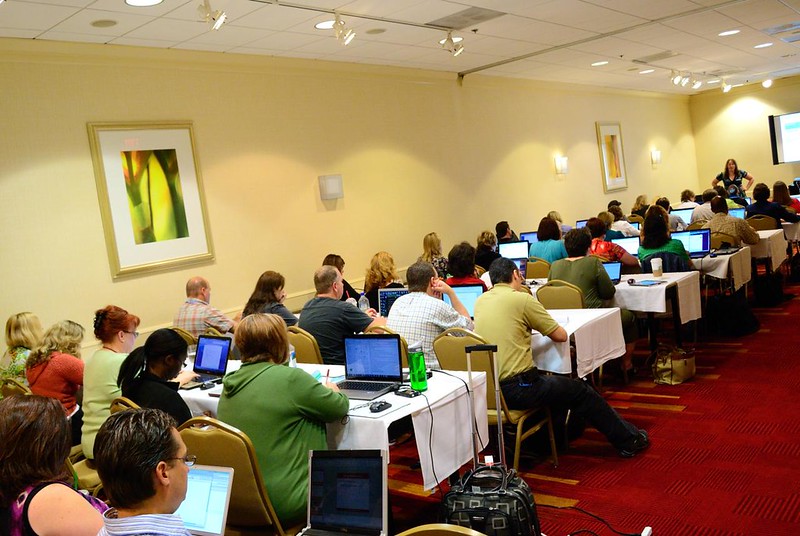
A brutally honest guide for creators, bloggers, and side hustlers
Affiliate marketing is not dead—but it has definitely changed. If you’re still publishing thin “best of” lists with Amazon links and waiting for commissions to roll in, you’re not just behind—you’re invisible.
So what’s working in affiliate marketing in 2025? What separates the hobbyists from the earners?
Let’s break it all down, without fluff, hype, or outdated tactics.
Contents
- 1 🚫 What Doesn’t Work Anymore
- 2 ✅ What Does Work in Affiliate Marketing (in 2025 and beyond)
- 2.1 ✅ 1. Authority-Focused, Topic-Driven Sites
- 2.2 ✅ 2. Content That Feels Real (and is)
- 2.3 ✅ 3. Mid to High-Ticket Affiliate Offers
- 2.4 ✅ 4. Building Your Own Email List
- 2.5 ✅ 5. Affiliate-First Funnels (Not Just Blog Posts)
- 2.6 ✅ 6. Multi-Channel Presence (Pick 2)
- 2.7 ✅ 7. Honest, Long-Term Content Strategy
- 3 🧱 Bonus: Build Affiliate Clusters
- 4 ⚡ Recap: What Works in Affiliate Marketing in 2025?
- 5 🛠 Final Thought: Focus on Depth, Not Hype
- 6 Related Articles
🚫 What Doesn’t Work Anymore
Before we talk about what works, let’s clear the air.
Affiliate marketing has evolved past the following:
❌ 1. Review sites stuffed with generic content
You know the type—sites that review blenders, protein powders, AI tools, and yoga pants… all on the same domain. They’re bland, SEO-chasing content farms.
Google’s algorithm in 2025 is smarter. It favors:
- Topical depth
- Real expertise (E-E-A-T)
- Clear branding and authority
A site that reviews everything ends up trusted by no one.
❌ 2. Ranking for “[product] review” as your main strategy
These keywords are now ultra-competitive and owned by:
- Big publishers (Forbes, TechRadar)
- Niche influencers with first-hand video reviews
- Google’s own AI summaries and product comparison widgets
The days of ranking a 500-word post with 3 stars and a Buy Now button are over.
❌ 3. Passive promotion with no audience
If you’re just dropping affiliate links in blog posts without building an audience—on your blog, in your email list, or via social content—you’re not building a business. You’re leaving breadcrumbs in a forest no one walks through.
✅ What Does Work in Affiliate Marketing (in 2025 and beyond)
Now let’s flip it.
Here’s what’s driving results for affiliate marketers who are still growing—and earning.
✅ 1. Authority-Focused, Topic-Driven Sites
In 2025, Google rewards topical authority. That means:
💡 Instead of writing 20 shallow posts on unrelated topics, you go deep on one niche.
You:
- Build a blog or site around one clear topic cluster
- Use categories to support sub-topics
- Internally link posts to show subject mastery
Example:
Instead of “The Best Online Business Tools,” you build a site all about:
- Affiliate Marketing for Midlife Creators
- Or Qi Gong Products and Training Reviews
- Or Mental Health Apps and Tools for Recovery
These are narrower, clearer, and more trustworthy.
✅ 2. Content That Feels Real (and is)
AI content is everywhere now—and Google knows it.
What stands out now?
- Personal stories
- First-hand experience
- Tutorials with screenshots, photos, or personal anecdotes
- Case studies (“How I Made My First $500 with WA”)
- Side-by-side comparisons written by people who’ve used both tools
Tip: Even AI-assisted writing must be layered with your voice, your judgment, and your experience.
If a reader or Google can’t tell you’ve used the product? You’re out of the game.
✅ 3. Mid to High-Ticket Affiliate Offers
Amazon Associates is still popular—but with low commissions and 24-hour cookies, it’s not the best bet anymore.
In 2025, smart affiliates are focusing on programs that pay well and solve real problems.
Categories to consider:
- Digital products (courses, memberships)
- Hosting, SEO, blogging tools
- Health & wellness (but specific sub-niches, not generic)
- AI tools (with recurring commissions)
- Creator software (design, email, writing tools)
Examples:
- ConvertKit
- Systeme.io
- SurferSEO
- Podia
- Wealthy Affiliate
- LowFruits (for bloggers doing SEO)
- Teachable
Look for:
- Programs with recurring commissions
- High-quality landing pages
- Low refund rates
- Clear, clean tracking
✅ 4. Building Your Own Email List
This is non-negotiable in 2025.
Why?
Social media reach is unreliable.
SEO rankings shift.
Affiliate programs can vanish overnight.
But your email list is yours. And it’s the best place to:
- Recommend tools naturally
- Share personal stories and wins
- Offer exclusive discounts
- Build trust over time
Simple list-building formula:
- Write a niche-specific blog post
- Offer a lead magnet (PDF checklist, email course, swipe file)
- Connect via a welcome email
- Share useful content weekly—with occasional affiliate links woven in
Tools to use:
- ConvertKit (great for creators)
- MailerLite (solid free tier)
- Buttondown (minimalist)
- Systeme.io (all-in-one)
✅ 5. Affiliate-First Funnels (Not Just Blog Posts)
The highest earners in 2025 are building funnels, not just blogs.
Here’s how it works:
- Attract with a high-intent blog post or ad
(e.g. “10 Best SEO Tools for Bloggers in 2025”) - Capture leads with a freebie
(e.g. “Download my 2025 Blog Growth Toolkit”) - Nurture through email with useful tips
- Promote affiliate tools via bonuses, tutorials, or webinars
People don’t want to be sold. They want help. Your funnel delivers help—then the offer becomes natural.
✅ 6. Multi-Channel Presence (Pick 2)
Don’t spread thin across 10 platforms. Choose 2 channels that complement your blog and match your style.
Examples:
- Blog + YouTube → Great for evergreen reviews and tutorials
- Blog + LinkedIn → For professional or business niches
- Blog + Pinterest → For lifestyle or visual niches
- Blog + Reddit → For honest, conversation-driven niches
Each platform becomes a traffic feeder to your affiliate offers or blog.
✅ 7. Honest, Long-Term Content Strategy
Readers are smarter than ever in 2025. They can smell hype.
“This tool changed my life!” doesn’t convert anymore.
“I used both for 60 days—here’s what actually helped” does.
The more real, helpful, and transparent your content is, the more trust you build—and trust equals clicks and sales.
🧱 Bonus: Build Affiliate Clusters
The best strategy for growing traffic and income is to create clusters of related content, all supporting one core affiliate product or category.
Example Cluster:
Pillar post:
“Best Blogging Tools for Beginners (2025 Toolkit)”
Supporting posts:
- “Why I Use ConvertKit Over Mailchimp for Affiliate Email Marketing”
- “How I Find Easy Keywords Using LowFruits (With Screenshots)”
- “The AI Writing Stack I Use to Publish 4 Blog Posts Per Week”
- “7 Mistakes Beginners Make When Picking Affiliate Products”
Each one links to the others—and all funnel toward your main affiliate tools.
Google sees this, readers love it, and it drives compounding traffic.
⚡ Recap: What Works in Affiliate Marketing in 2025?
| ✅ What Works | ❌ What’s Out |
|---|---|
| Topical authority blogs | Thin, generalist sites |
| Personal content | Generic AI spam |
| Mid/high-ticket programs | Low Amazon-only strategy |
| Funnels + email lists | Link drops with no audience |
| Multi-post content clusters | Standalone review pages |
| Real stories and case studies | Fake reviews and hype |
| Deep, narrow niches | Broad “everything” sites |
🛠 Final Thought: Focus on Depth, Not Hype
Affiliate marketing in 2025 isn’t about tricks or hacks. It’s about building trust, solving real problems, and showing up consistently.
Start with a focused niche.
Write posts that actually help.
Promote products you use and believe in.
Build an email list.
And layer everything with your unique perspective.
That’s the formula. It’s not sexy. It’s not overnight.
But it works—and it builds something real





